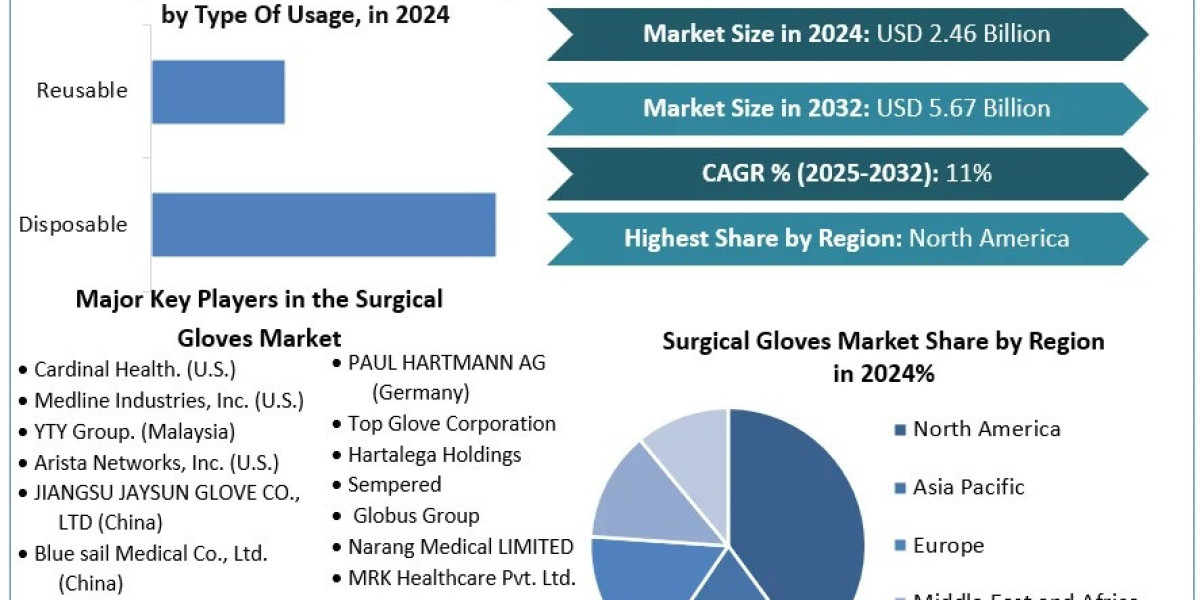Unlocking the Secrets: What TikTok Knows About Your Home Data!
In today's digital landscape, the concept of home data has gained significant traction as users become increasingly aware of the information they share online. Home data refers to the data collected about users' home environments, including their internet usage, device information, and even location data. As one of the most popular social media platforms, TikTok plays a pivotal role in this data collection, particularly focusing on how users interact with the app within their homes. In this article, we will delve into what types of home data TikTok collects, how this data is utilized, and the implications it holds for users in terms of privacy and personalization. Understanding these aspects is essential for anyone looking to navigate the complex relationship between social media and personal data in our interconnected world.
Understanding Home Data Collection
Home data encompasses a wide range of information that companies like TikTok may collect to enhance user experience and tailor content. This data can include device information, such as the type of smartphone used, operating system details, and even the IP address that reveals the user’s geographical location. Additionally, TikTok may gather data on user behavior, including how often the app is accessed, what type of content is engaged with, and the duration of viewing sessions. The importance of this data cannot be overstated; it allows TikTok to create a more personalized experience by recommending videos that align with users' interests and habits. For instance, if a user frequently watches cooking tutorials, TikTok's algorithm is likely to prioritize similar content in their feed, enhancing user satisfaction. However, this tailored experience comes at a cost—users may not fully realize the extent of data being collected and how it could be used beyond their immediate experience.
How TikTok Uses Home Data
TikTok utilizes home data for various purposes that ultimately aim to enhance user engagement and drive advertising revenue. One of the primary uses of home data is content personalization. By analyzing user preferences and behavior, TikTok can curate a feed that resonates with individual users, increasing the likelihood that they will spend more time on the platform. Furthermore, this data plays a crucial role in targeted advertising. Advertisers can leverage the insights drawn from home data to reach specific demographics, ensuring that their ads are shown to users most likely to be interested in their products or services. While this can lead to more relevant advertisements for users, it also raises concerns about the fine line between personalization and invasion of privacy. Users may appreciate tailored content but may also feel uncomfortable knowing their data is being monitored and utilized for profit. Additionally, TikTok may use home data to improve its features and strengthen community engagement, creating a cycle where user data directly influences the platform's evolution.
Privacy Concerns and User Awareness
As TikTok collects extensive home data, privacy concerns inevitably arise. Users should be aware that the information they share can have far-reaching implications. While TikTok provides some level of transparency regarding data collection practices, many users remain uninformed about how to manage their privacy settings effectively. It is essential for users to regularly review their privacy settings within the app, such as adjusting who can view their content and limiting data sharing. Furthermore, users should familiarize themselves with existing regulations surrounding data protection, such as data protection laws that govern how companies can collect and use personal information. Understanding these regulations can empower users to take control of their digital footprints. A friend of mine, who is an avid TikTok user, recently shared how he adjusted his privacy settings after reading about data collection practices, which has made him feel more secure while using the app. This highlights the importance of user awareness in navigating digital spaces.
Future of Home Data Collection on TikTok
Looking ahead, the future of home data collection on TikTok is likely to evolve alongside advancements in technology and shifting user expectations. As privacy concerns continue to mount, TikTok may need to adapt its data collection practices to align with user demands for greater transparency and control. With the rise of artificial intelligence and machine learning, the methods of data analysis and utilization will become more sophisticated, potentially allowing for even more personalized experiences. However, this evolution must also consider ethical implications and the need for robust privacy measures. Users may begin to expect clearer guidelines and options for opting out of certain data collection practices, prompting TikTok to rethink its approach. As the digital landscape becomes increasingly interconnected, the balance between user experience and privacy will be a key factor in shaping how platforms like TikTok navigate home data collection.
Understanding the Impact of TikTok on Home Data
In summary, TikTok's collection of home data plays a significant role in shaping the user experience, from personalized content recommendations to targeted advertising. However, this collection raises important privacy concerns that users must be aware of. By understanding what data is collected and how it is utilized, users can take proactive steps to manage their privacy and navigate the platform more safely. As we move forward, it is crucial for users to stay informed about their digital footprints and advocate for their rights regarding data privacy. Ultimately, knowledge is power in the digital age, and an informed user is better equipped to enjoy the benefits of social media while safeguarding their personal information.




